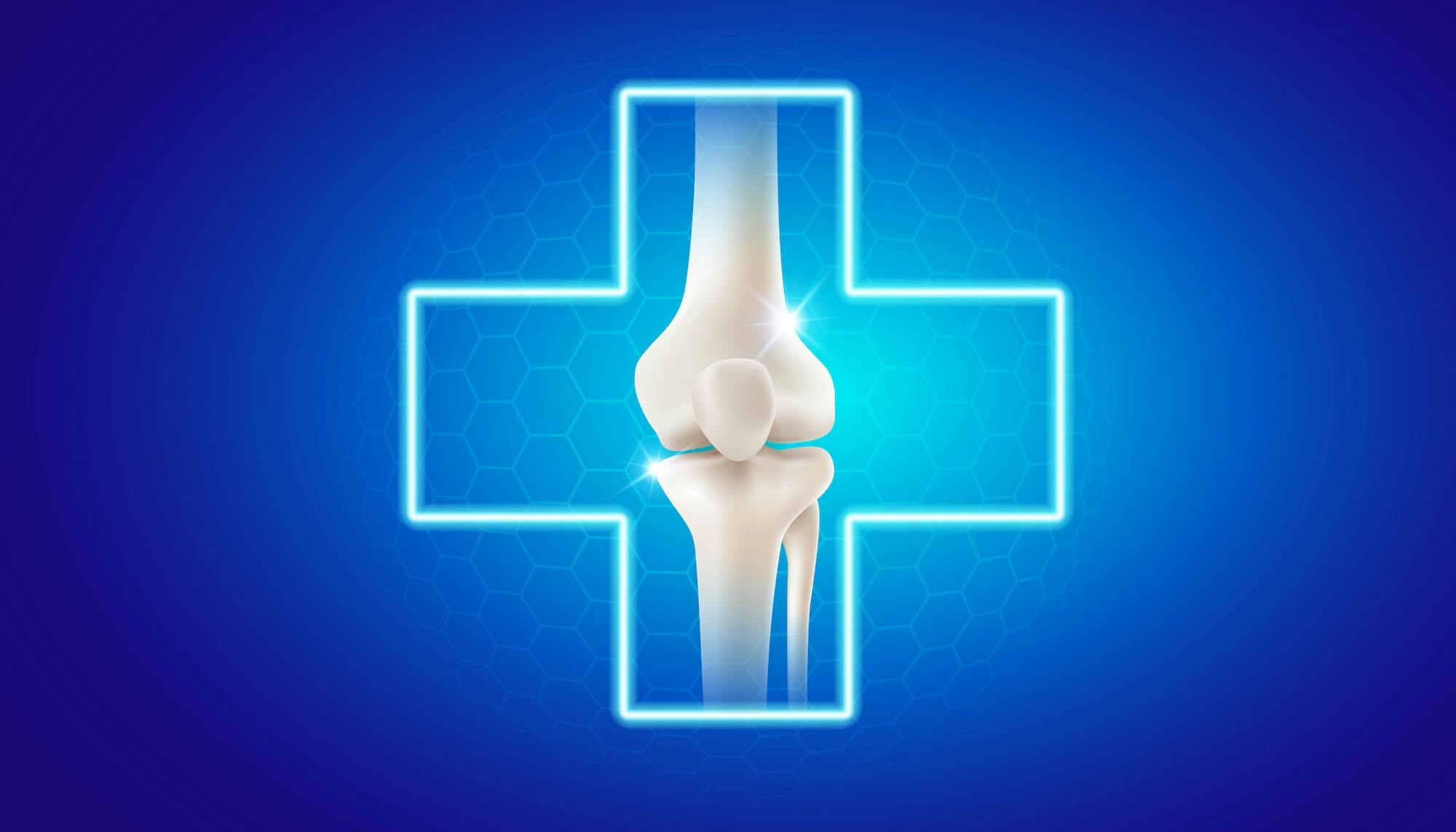- Blog
Rotator Cuff Injury Treatment Options
Posted on 04-16-2025 in Shoulder by Dr. Chris O'Grady

Posted on 04-16-2025 in Shoulder by Dr. Chris O'Grady
Rotator cuff injuries are a very common cause of pain and disability. In 2008, nearlytwo million Americanssought medical treatment for problems with their rotator cuffs. The rotator cuff is made up of four muscles in the shoulder, and these muscles provide stability and flexibility for the shoulder joint. When any of these muscles are injured, the result is weakness in the shoulder, reduced mobility, and significant pain.Signs of a rotator cuff injury include:
Treatment Options
There are both surgical and non-surgical treatment options available for repairing a damaged rotator cuff. After performing a comprehensive physical examination and assessing the results of imaging tests, such as X-rays and MRI scans, you and your orthopaedic surgeon will discuss and determine the best treatment option for you.Non-SurgicalThe majority of the people who are diagnosed with a rotator cuff injury do not require surgical treatment. Nonsurgical treatments can be highly effective for relieving pain and improving the function of the shoulder. Nonsurgical treatment options for a rotator cuff injury may include:
Surgical
Arthroscopic surgery is the most common surgical treatment for repairing a damaged rotator cuff. This type of surgery is minimally invasive, is less painful, and allows for quicker recovery. Your orthopaedic surgeon may recommend arthroscopic surgery for the following reasons:

March is National Nutrition Month®, and as part of the conversation, the North Florida Bone & Joint team wants to emphasize the impact diet can have on your bone health. Before diving in, it's essential to understand the role the skeleton plays in your body. Specifically, the skeleton—and the bones its comprised of—serve the following functions:

At North Florida Bone & Joint Specialists, we’re committed to delivering convenient, expert care throughout the Gulf Coast. As part of that commitment, we’re excited to announce the expansion of our clinical office footprint. In March, we opened two new locations in Milton and Navarre, FL, further enhancing our ability to serve patients across Northwest Florida.

Valentine’s Day is all about love—so why not show your joints some love, too? Whether you’re an athlete, an active adult, or simply looking to maintain mobility as you age, taking care of your joints is essential for long-term health and well-being. At North Florida Bone & Joint Specialists, we believe that self-care isn’t just about relaxation—it’s about making intentional choices to keep your body strong, pain-free, and resilient. Here are four self-care tips to keep your joints healthy and moving with ease: